Festivals around the world offer unique glimpses into diverse cultures. Some stand out for their sheer strangeness and creativity. From food fights to odd competitions, these festivals push the boundaries of traditional celebrations. They often have fascinating origins and unique activities that draw crowds of curious onlookers and participants. Here are some of the most bizarre festivals celebrated globally, showcasing unusual traditions and activities that are sure to fascinate and bewilder.
La Tomatina (Buñol, Spain)
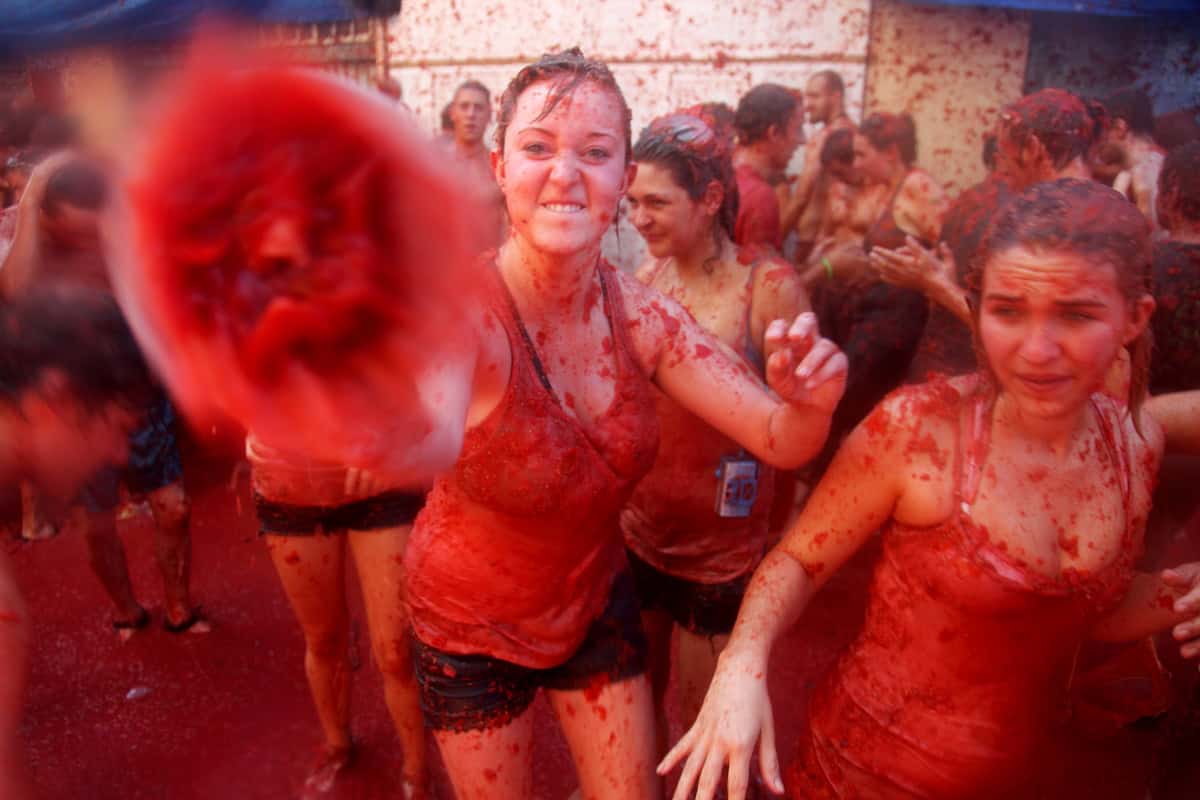
Every August, the small town of Buñol turns into a battlefield of tomatoes. Participants throw overripe tomatoes at each other, creating a red, pulpy mess. The streets become rivers of tomato juice, with everyone drenched in the sticky substance. The festival originated from a spontaneous food fight in 1945. It’s now a popular tourist attraction, drawing thousands from around the world. The event starts with the “palo jabón,” where participants climb a greased pole to retrieve a ham before the tomato fight begins.
Wife Carrying Championship (Sonkajärvi, Finland)

This quirky event has husbands carrying their wives through a challenging obstacle course. The couple who completes the course in the shortest time wins the wife’s weight in beer. The course includes hurdles, water traps, and sandy stretches, making it a tough yet entertaining competition. The festival traces back to the 19th century and may have origins in local legends of wife-stealing and proving one’s strength. It has gained international fame, with couples from around the world participating.
Kanamara Matsuri (Kawasaki, Japan)
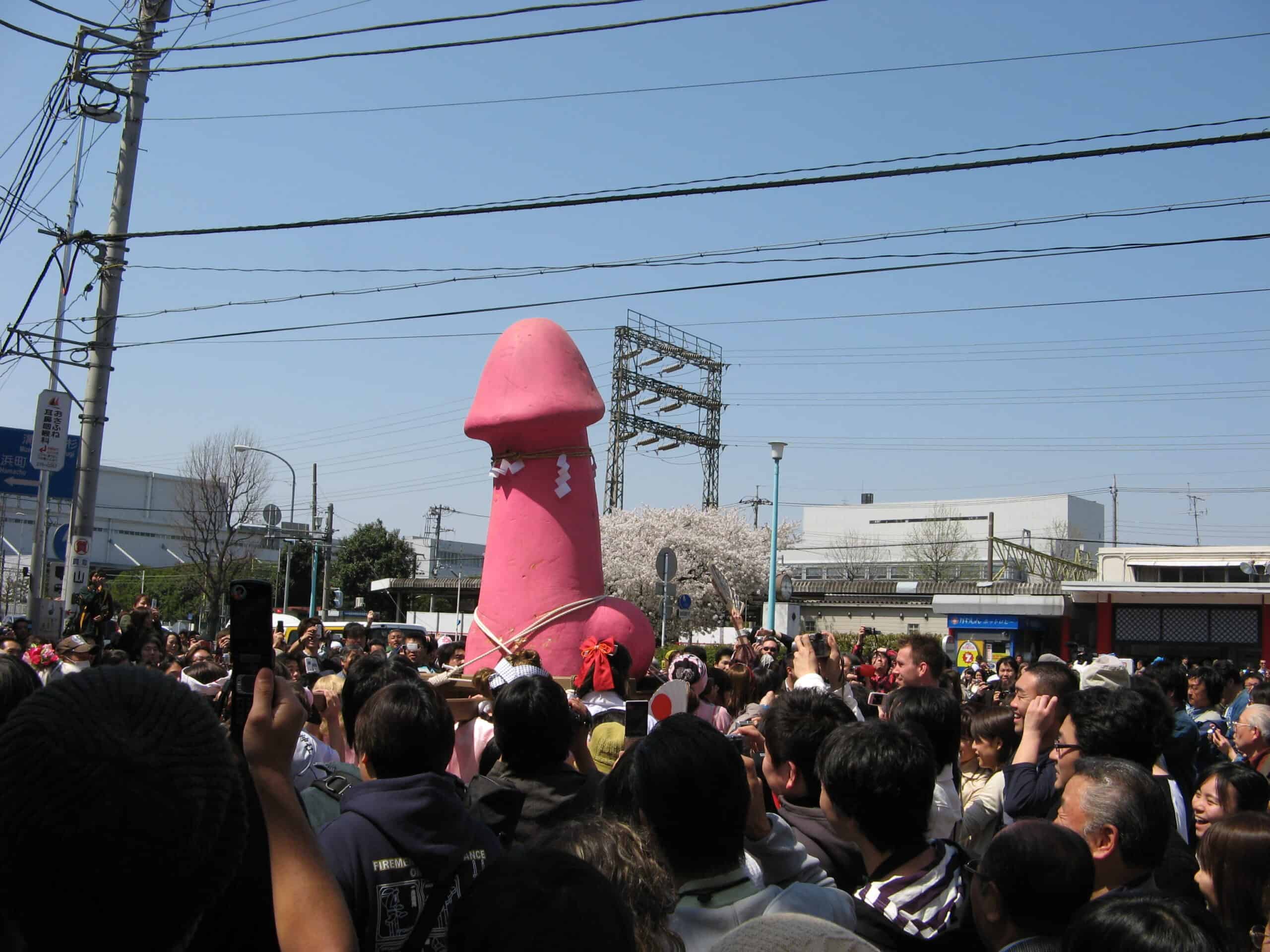
Known as the “Festival of the Steel Phallus,” this event celebrates fertility and safe childbirth. Large phallic statues are paraded through the streets, drawing crowds of onlookers. The atmosphere is festive, with participants enjoying phallic-shaped sweets and souvenirs. The festival dates back to the Edo period when local prostitutes prayed for protection against diseases. Today, it’s a vibrant celebration promoting sexual health and openness. It also raises funds for HIV research and education, blending ancient traditions with modern causes.
Cheese Rolling Festival (Gloucestershire, England)
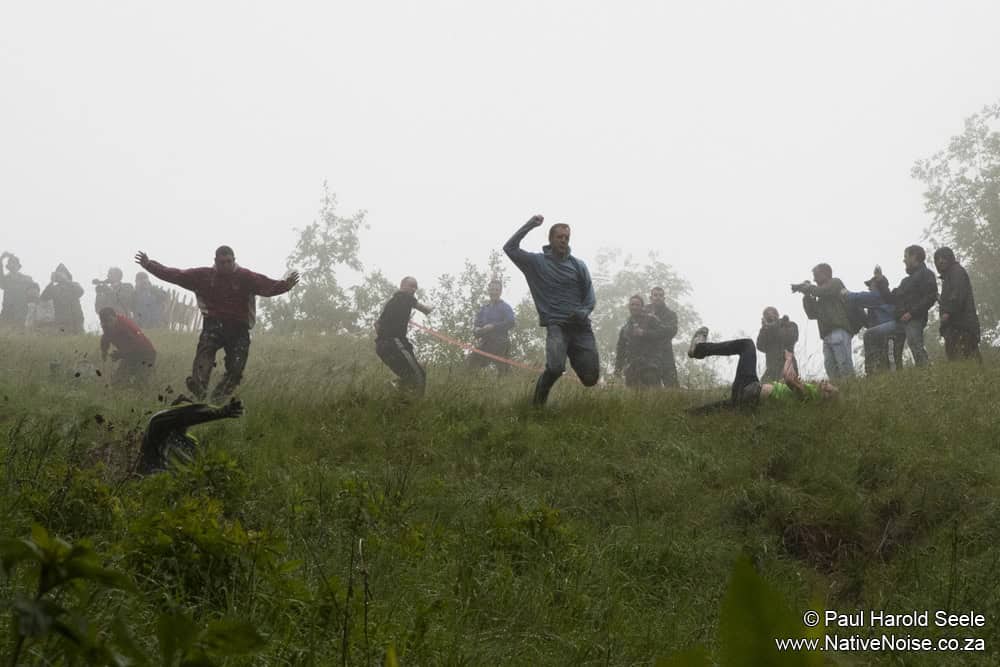
Participants chase a rolling cheese wheel down the steep Cooper’s Hill. The first to cross the finish line wins the cheese, often resulting in falls and injuries. The steepness of the hill makes it a dangerous yet thrilling event. This eccentric festival has ancient roots, possibly linked to pagan rituals celebrating the arrival of summer. Despite the risks, it attracts competitors and spectators from around the globe every year.
Els Enfarinats (Ibi, Spain)
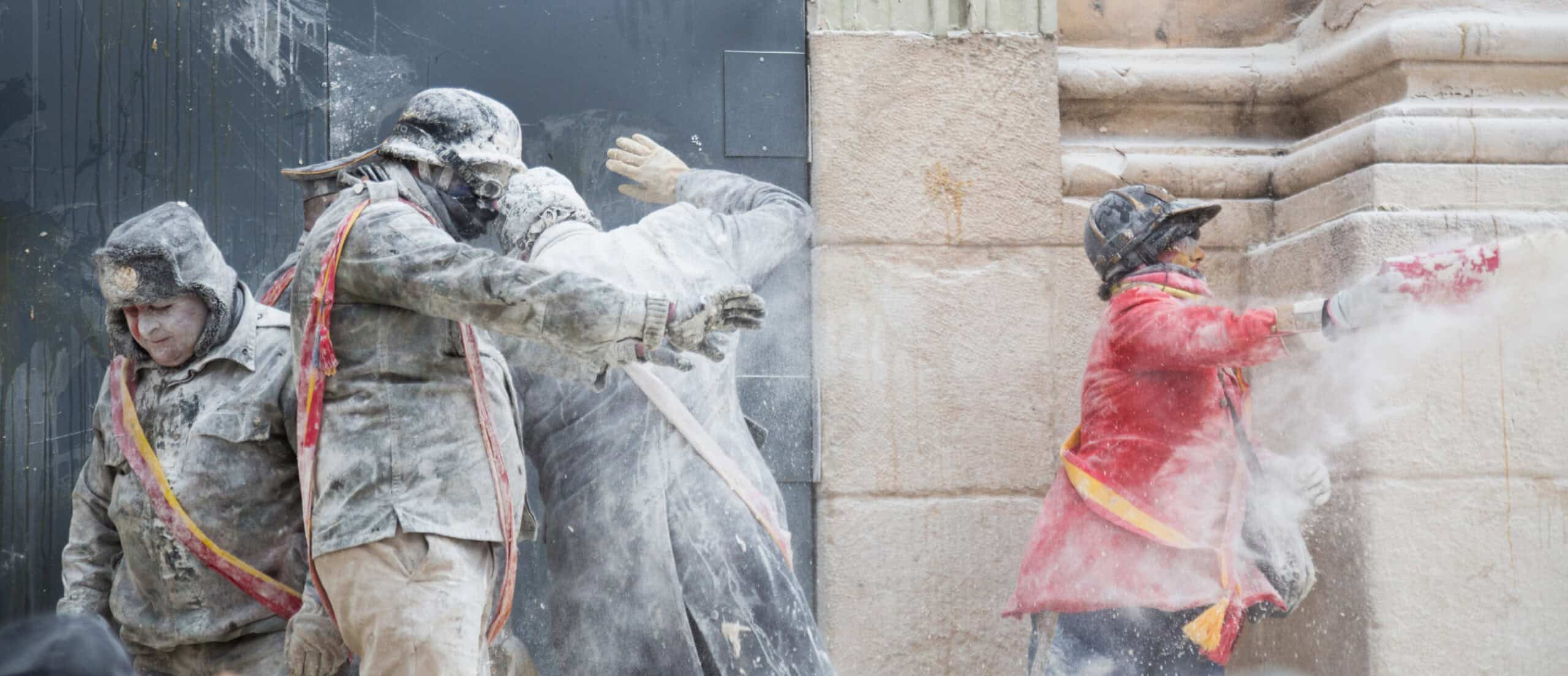
On December 28, the town of Ibi engages in a massive flour and egg fight. Participants dress in mock military uniforms and stage a mock coup, taking control of the town. The streets are filled with laughter and mess as residents and visitors join in the fun. This chaotic festival is part of the Day of the Innocents, similar to April Fool’s Day. It dates back over 200 years, blending satire and tradition. After the “battle,” the participants parade through the streets, ensuring the festivities continue throughout the day.
Baby Jumping Festival (Castrillo de Murcia, Spain)
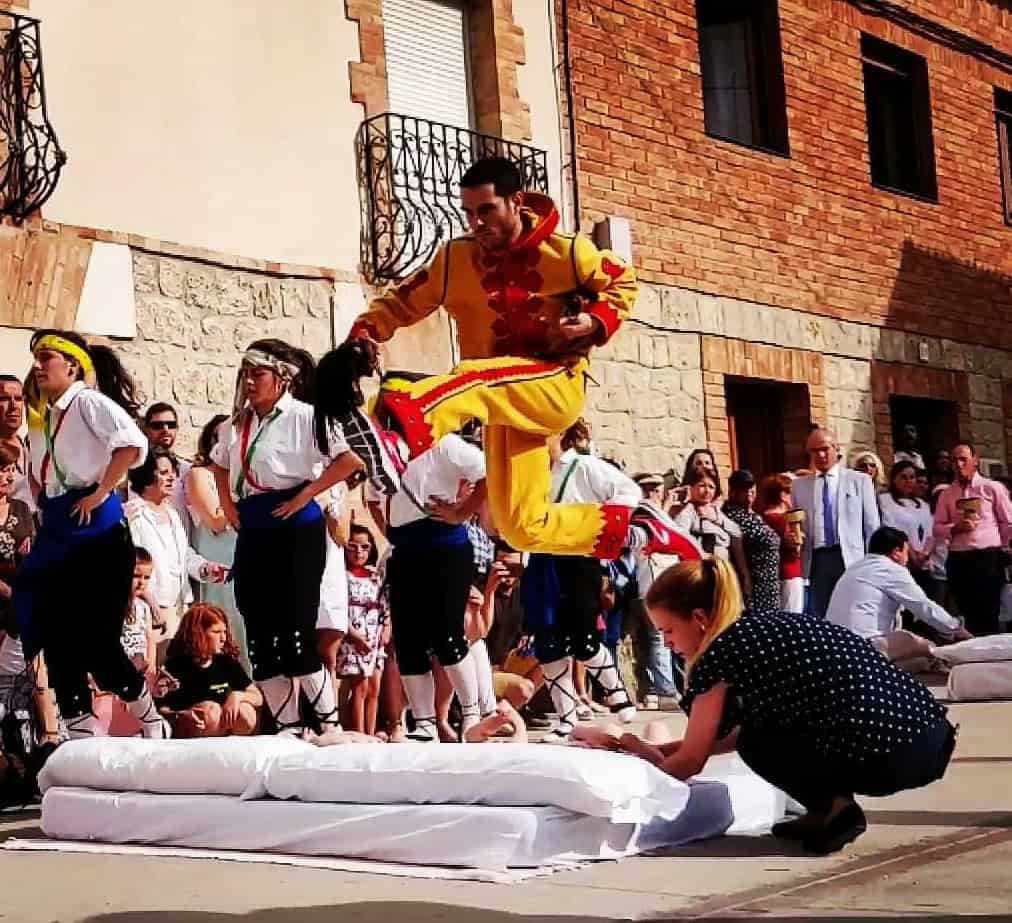
The Baby Jumping Festival, also known as “El Colacho,” takes place in Castrillo de Murcia, Spain. During this unique event, men dressed as devils leap over rows of babies lying on mattresses. This practice is believed to cleanse infants of original sin and ensure their safety. Participants, dressed in red and yellow costumes, symbolize the devil. They run and jump over the babies in a thrilling display. The festival dates back to the early 17th century and is intertwined with Catholic traditions.
Monkey Buffet Festival (Lopburi, Thailand)
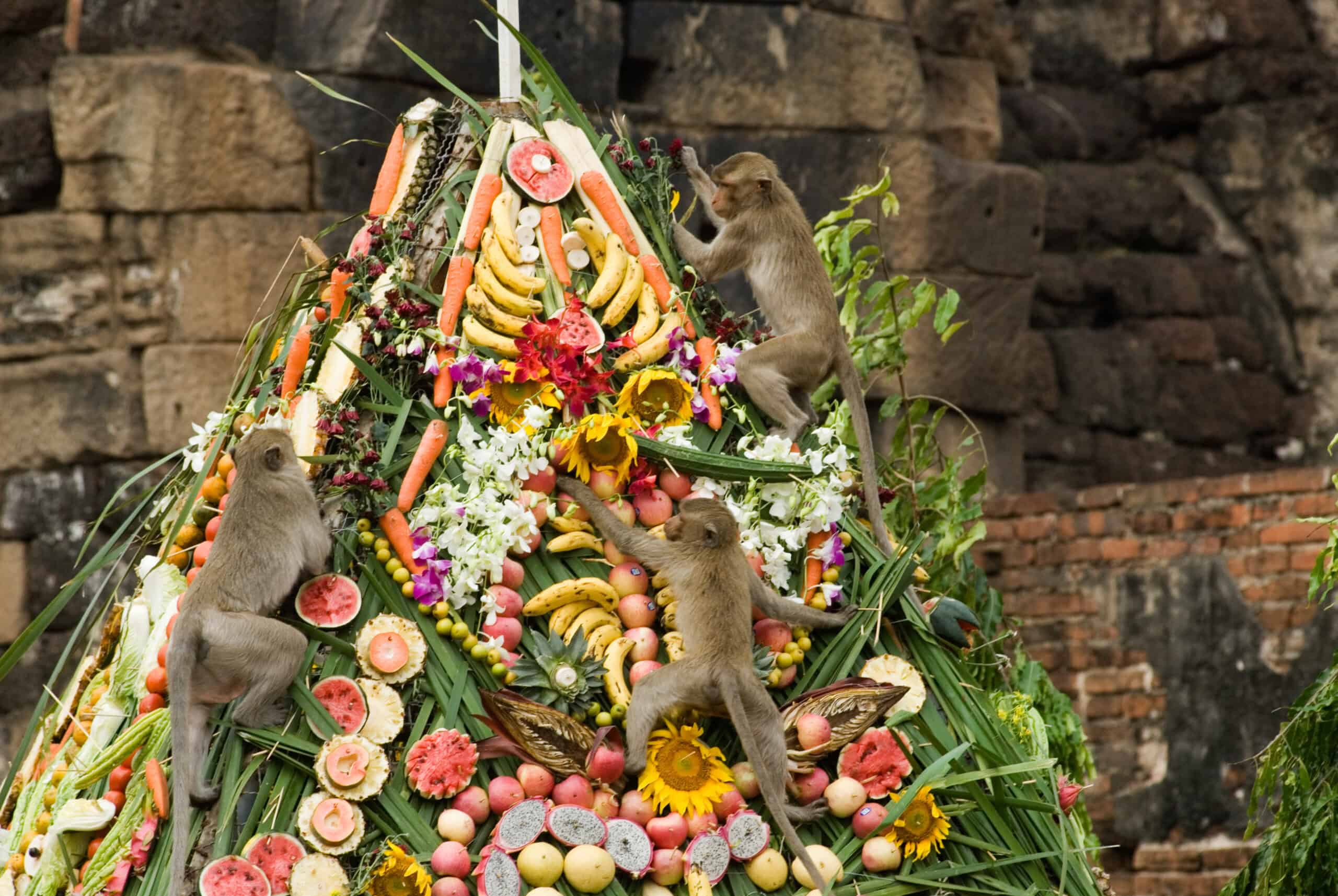
In Lopburi, Thailand, the Monkey Buffet Festival treats monkeys to a lavish feast. Fruits, vegetables, and sweets are piled high for the local macaques. This celebration aims to honor the monkeys and attract tourists. The festival is held annually in November. Monkeys roam freely, enjoying the abundance of food. Locals believe that feeding the monkeys brings good luck. The event also helps boost tourism, showcasing Lopburi’s unique relationship with its primate inhabitants.
Boryeong Mud Festival (Boryeong, South Korea)

Boryeong Mud Festival in South Korea is a messy, fun-filled event. Visitors indulge in mud wrestling, mud slides, and even mud prisons. The festival originated as a promotion for Boryeong mud cosmetics. Every July, the city transforms into a giant mud playground. Participants revel in the therapeutic benefits of the mineral-rich mud. The festival attracts millions of tourists seeking adventure and skin benefits. It has become a major highlight of South Korea’s summer festivities.
Night of the Radishes (Oaxaca, Mexico)
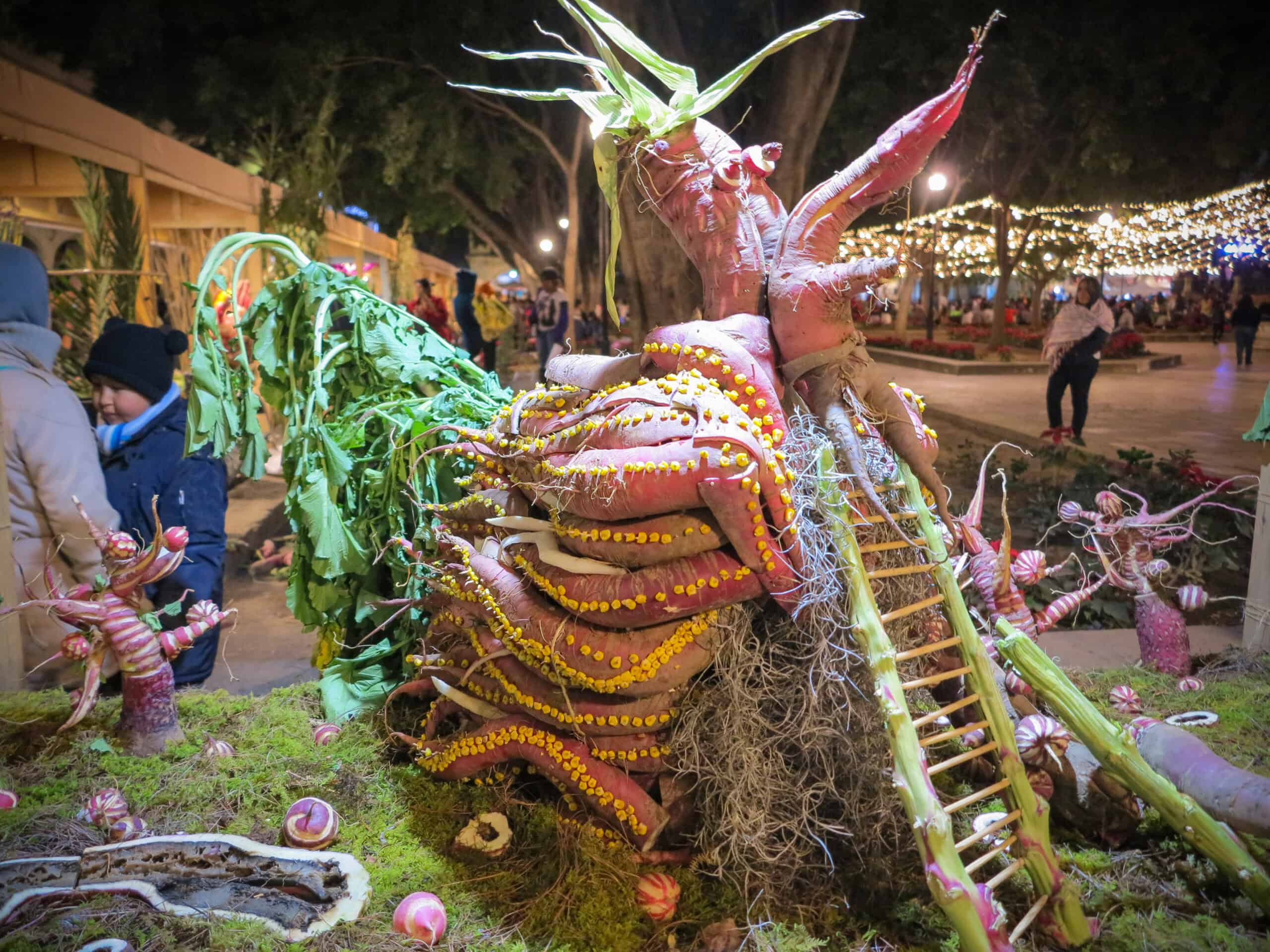
Night of the Radishes in Oaxaca, Mexico, is an artistic celebration. On December 23, locals carve intricate designs into radishes. These carvings depict scenes from daily life, folklore, and religious themes. Participants create stunning displays with remarkable detail. The festival began in the late 19th century as a market promotion. Today, it showcases local creativity and cultural heritage. The unique event draws large crowds to admire the radish art.
Hadaka Matsuri (Japan)
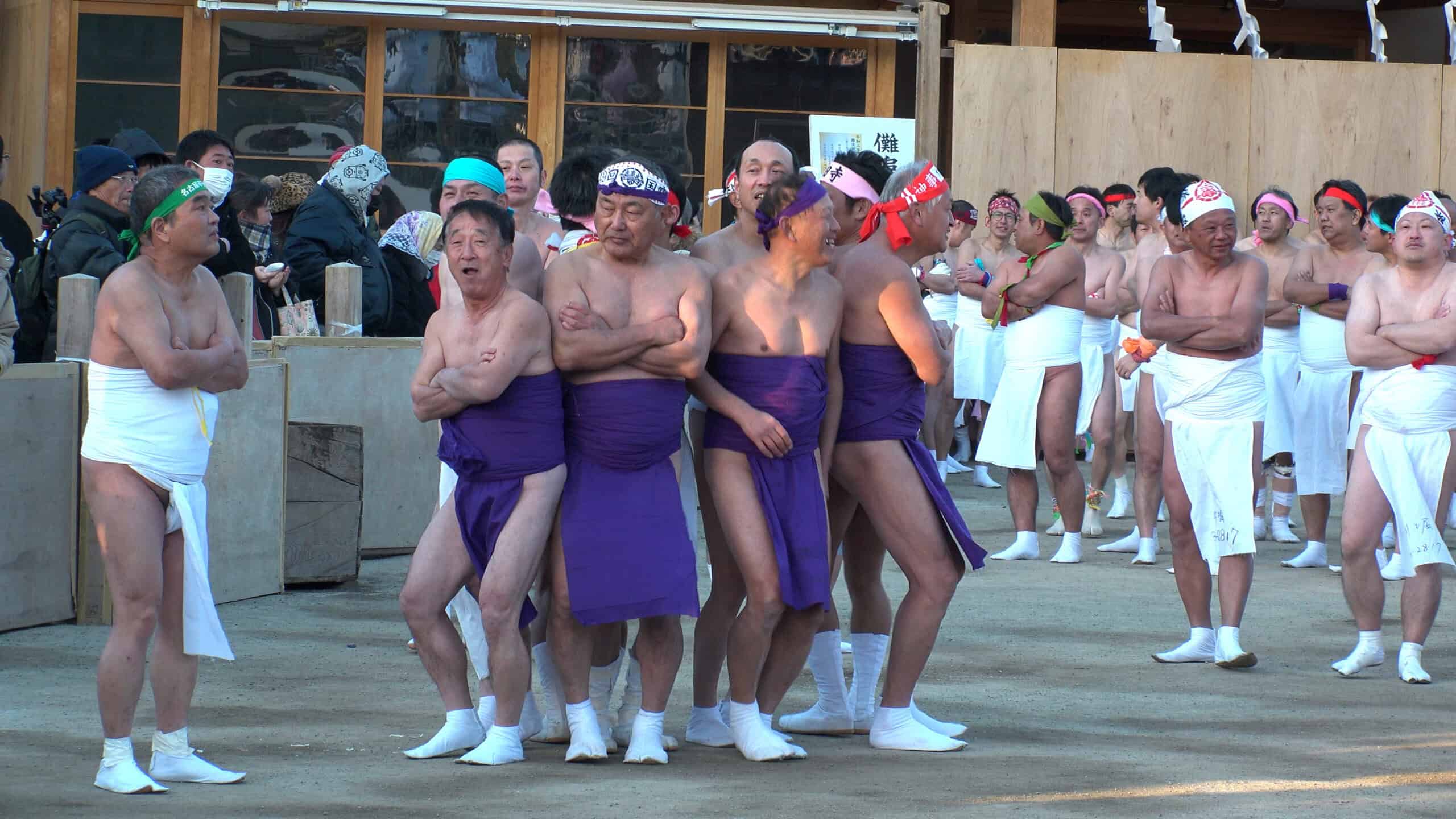
Hadaka Matsuri, or the Naked Festival, is a traditional Japanese event. Participants wear minimal clothing, often just a loincloth. They compete to catch sacred sticks thrown by priests. The festival occurs in various locations across Japan, mainly in winter. Participants believe catching the sticks brings good luck and prosperity. The event has deep roots in Shinto traditions. It highlights the Japanese spirit of endurance and community.
Air Guitar World Championships (Oulu, Finland)
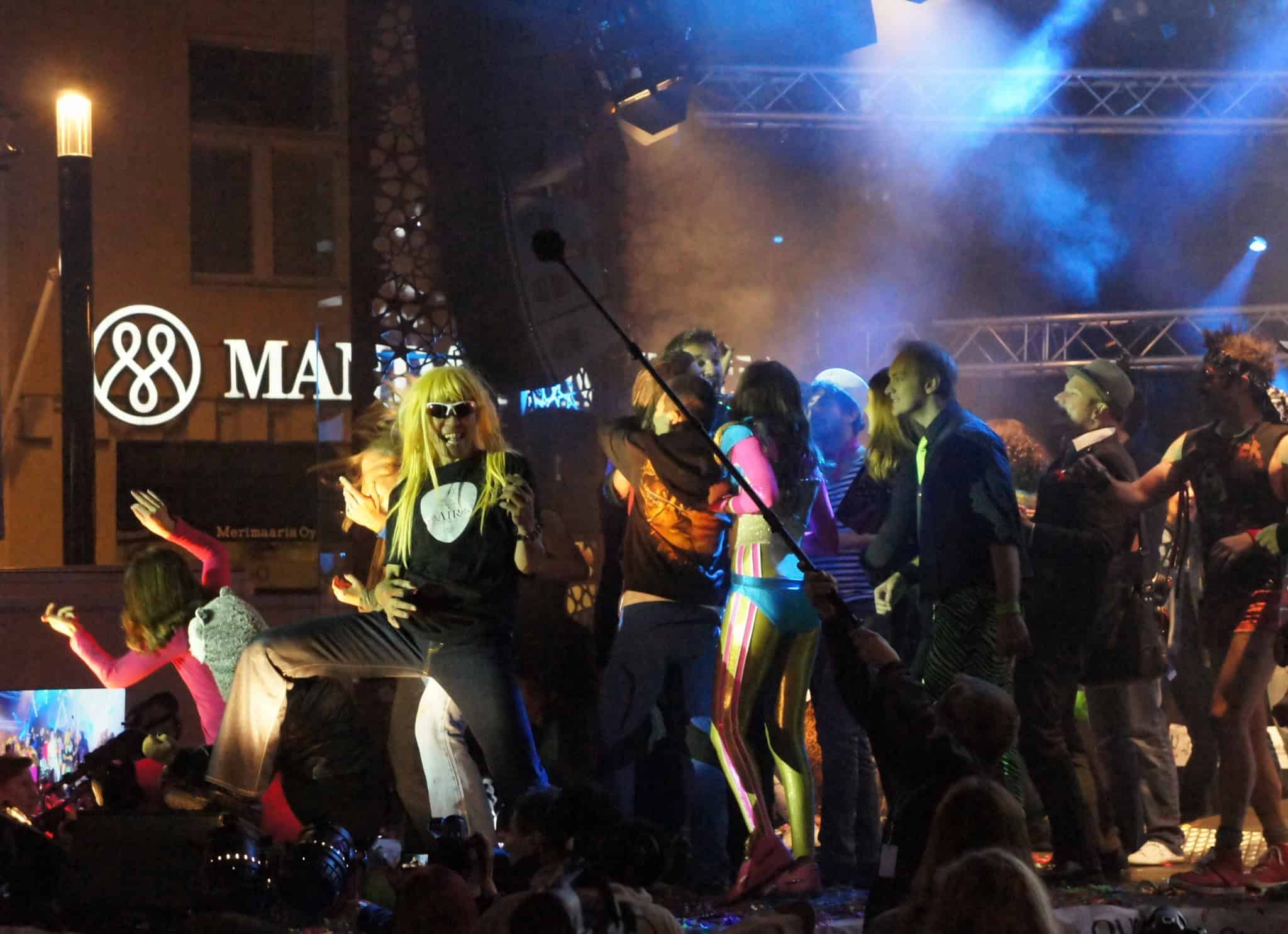
This festival celebrates the art of miming guitar playing. Participants perform elaborate air guitar routines on stage. Originating in 1996, the event promotes peace and unity through music. Contestants are judged on their creativity and showmanship. The competition draws a global audience. It includes workshops and jam sessions. Fans enjoy the comedic aspect of the performances. The winner earns the title of World Air Guitar Champion.
Dia de los Muertos (Mexico)
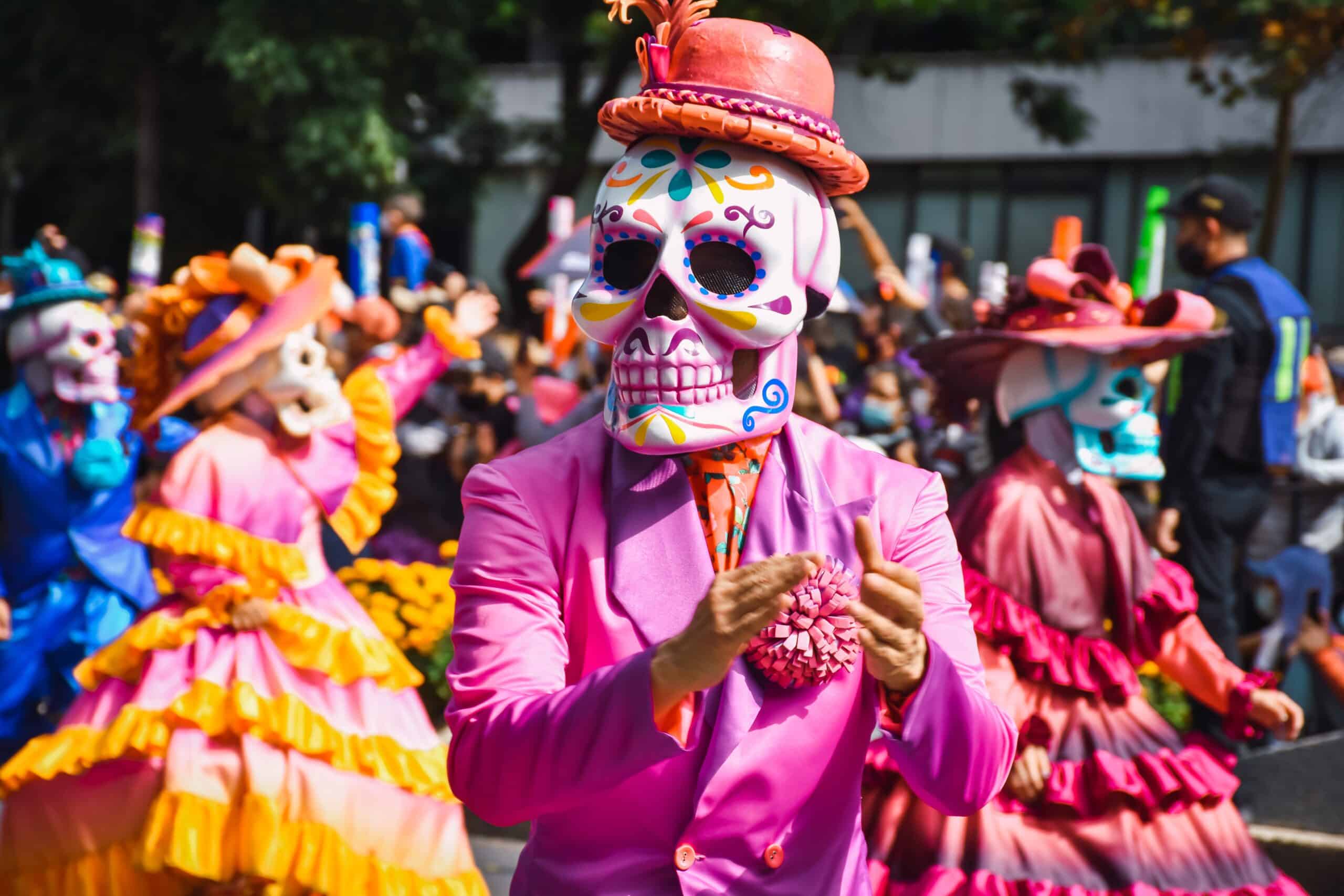
Celebrated on November 1-2, this festival honors deceased loved ones. Families build altars adorned with photos, candles, and marigolds. Food and drink offerings are made to the spirits. The celebration blends indigenous traditions with Catholicism. The vibrant festivities include parades and dances. People paint their faces as skulls. It is a joyful remembrance rather than a mournful event.
Bolas de Fuego (Nejapa, El Salvador)

This fiery festival occurs every August. Participants throw flaming balls of kerosene-soaked rags at each other. The event commemorates a volcanic eruption in 1658. It is believed to ward off evil spirits. The spectacle draws brave participants and curious onlookers. Safety measures are minimal, adding to the thrill. The tradition has deep cultural roots in the community. Despite the danger, it remains a beloved local event.
This article originally appeared on Rarest.org.
More from Rarest.org
1993 Roosevelt Dime Value Guide

The production of the 1993 10-cent coin is part of the Roosevelt dime series, first issued in 1946. Since then, the Roosevelt dime became popular among Americans, one of the most widely used coins today. Read More.
1943 Mercury Dime Value Guide

Despite its modest beginnings, the United States Mint has grown to become one of the world’s biggest and most well-known minting operations. The mint has created numerous coins over the course of its illustrious history, many of which are today very well-liked among collectors. Read More.
The 18 Rarest Goat Breeds in the World

Goat breeds around the world offer a fascinating glimpse into the diversity of nature. While some breeds are common and well-known, others remain incredibly rare, often due to their unique traits, specific habitat requirements, or historical significance. Read More.
